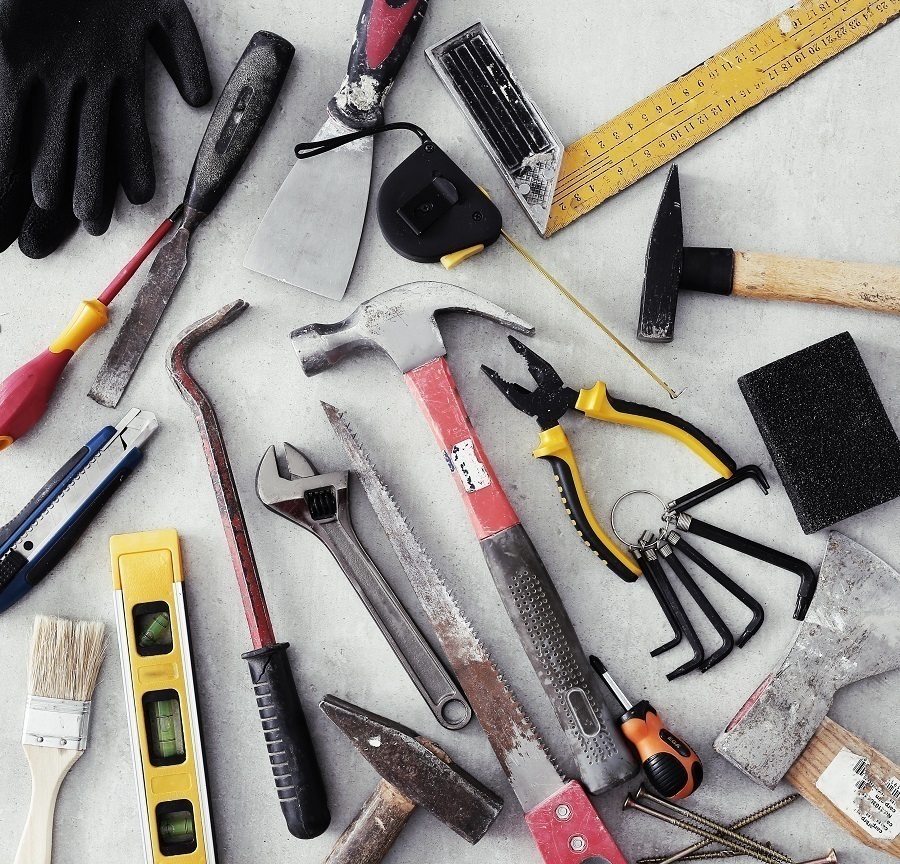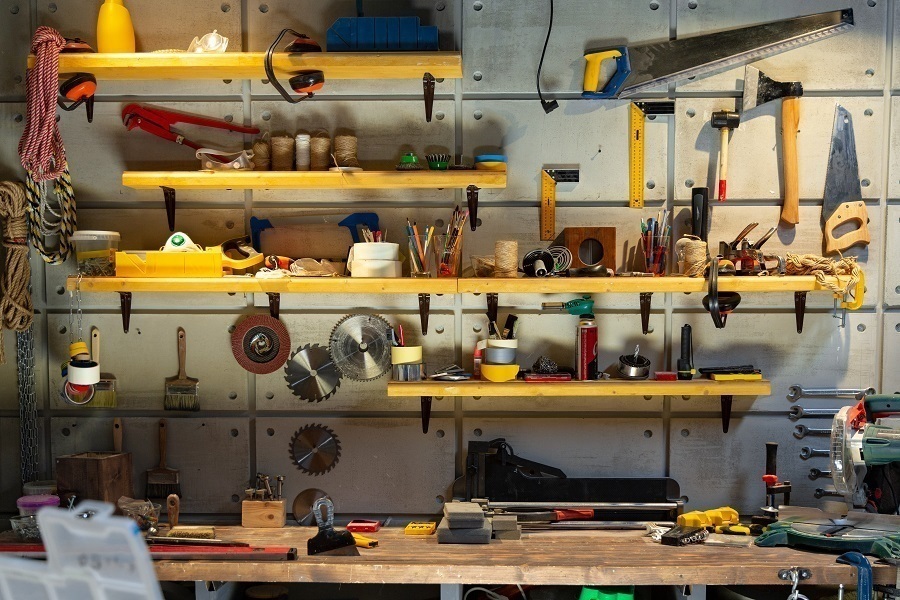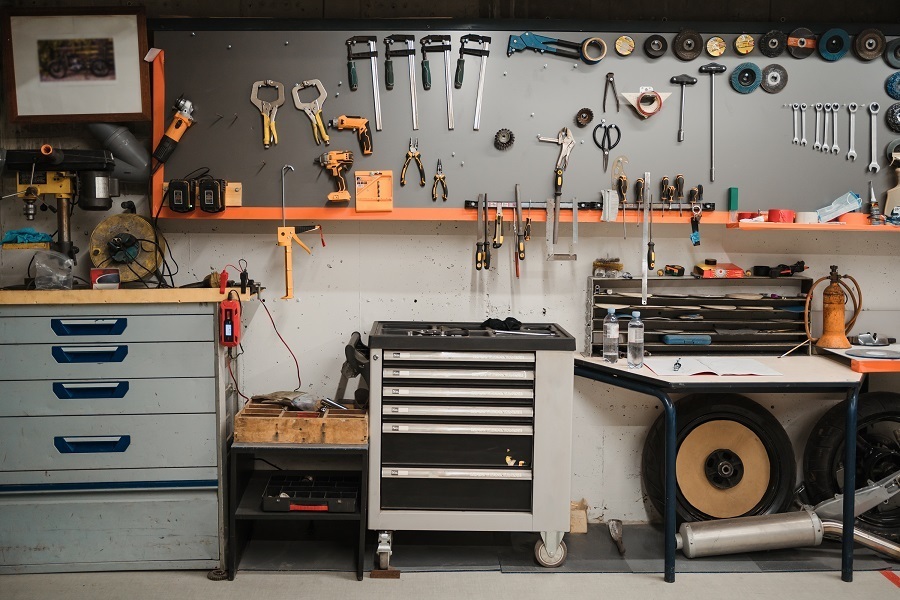Last updated on
These are the key things every workshop should have. Read on!
A well-designed workshop can help you save time and money on your projects. It can also improve the overall quality of your work, making you more efficient and productive.
In this blog article, we’re going to take a look at what every well-designed workshop should have, so you can start building the workspace of your dreams today.
From storage to equipment to safety gear, read on for everything you need to get started in your workshop design project.
What's Inside
Purpose of the Workshop

The purpose of your workshop will define the design itself. For example, if you love woodworking, your workshop might be focused on creating unique wooden items. If you are a graphic designer, your workshop might be focused on designing logos or flyers.
Plus, there are many other possible purposes for a workshop. It is up to you to come up with a purpose that is relevant to your interests and goals.
When setting up your workshop, it is important to think about the equipment you will need and the space you will need to set it up. You will also want to consider the types of materials you will be using and the tools you will need to create your designs.
Finally, think about any safety precautions you will need to take when working in your workshop.
Working Tools

From power tools to hand saws, a well-designed workshop will have the basics needed for DIY projects. A circular saw is a versatile tool that can be used for a variety of tasks, such as cutting wood, plywood, and other materials. It is important to choose a saw that has the right size and power to handle the task at hand.
Some professional working tools that may be helpful in a workshop include a router, jigsaw, and drill. A hammer is essential for creating nails, pounding screws into wood, and more. Choose a hammer with a comfortable grip and enough weight to drive nails firmly into the wood.
Avoid using hammers with soft heads; they will not do the job effectively. A chisel can be used for a variety of tasks, such as trimming corners off of boards or creating rough-hewn edges on furniture. Be sure to select a chisel with the correct size and shape for the task at hand.
The Structure of a Well-Designed Workshop

A well-designed workshop should be organized and structured so that it is easy to find what you need and navigate through the space.
All elements of the space should be easily accessible, both from within the room itself and from the exterior. The layout should be simple and efficient, with clear paths between different areas.
Each area in a workshop should have specific functions, and all materials and equipment should be placed where they will be used most effectively. Walls and ceilings should be height adjustable to allow for different working heights, and there should be enough light to see what you’re doing.
If possible, every surface in a workshop should have a purpose: walls can serve as storage racks for tools or materials, tables can serve as work surfaces, and floors can act as platforms for projects or tool storage. By placing all these elements in a functional way, you’ll create a space that is both efficient and user-friendly.
Tips for Maintaining your Workshop

If you are like most workshop owners, your workshop is probably your office and main source of income. Maintaining a well-designed and organized workshop can be a challenge, but with a few tips, it can be easier than you think. Here are some tips for maintaining your workshop:
- Have a plan. Before starting to organize or clean up, take the time to plan out what tasks need to be done and when. This will help you avoid having to search for misplaced items later on and will also help you prioritize which tasks need to be done first.
- Keep everything organized. Once you have a plan, make sure all of your tools and materials are organized by category and in easy reach. This will help you stay focused while working and reduce the number of times you have to search for something specific.
- Get organized with storage solutions. If space is an issue, consider using storage solutions such as cabinets or racks to organize your tools and materials. These solutions not only provide organization, but they can also maximize the amount of usable space in your workshop.
- Clean as you go. Instead of waiting until everything is cluttered before starting to clean it up, start by cleaning up as you go – this will help keep things more organized and less chaotic overall.
- Make use of organizational toolsets. There are plenty of helpful organizational toolsets available that can make keeping your workshop tidy much easier – try looking into buying one or using an existing one in your workshop.
- Stay safe and healthy in the workshop. Make sure to wear safety goggles, gloves, and a dust mask when working in the workshop – these precautions will help reduce the risk of exposure to harmful particles and chemicals.
In this article, we have outlined some key elements that every workshop should have in order to be successful. A well-designed workshop will help you achieve your goals and exceed expectations.
If you are looking to create a successful workshop, be sure to take these factors into account!




